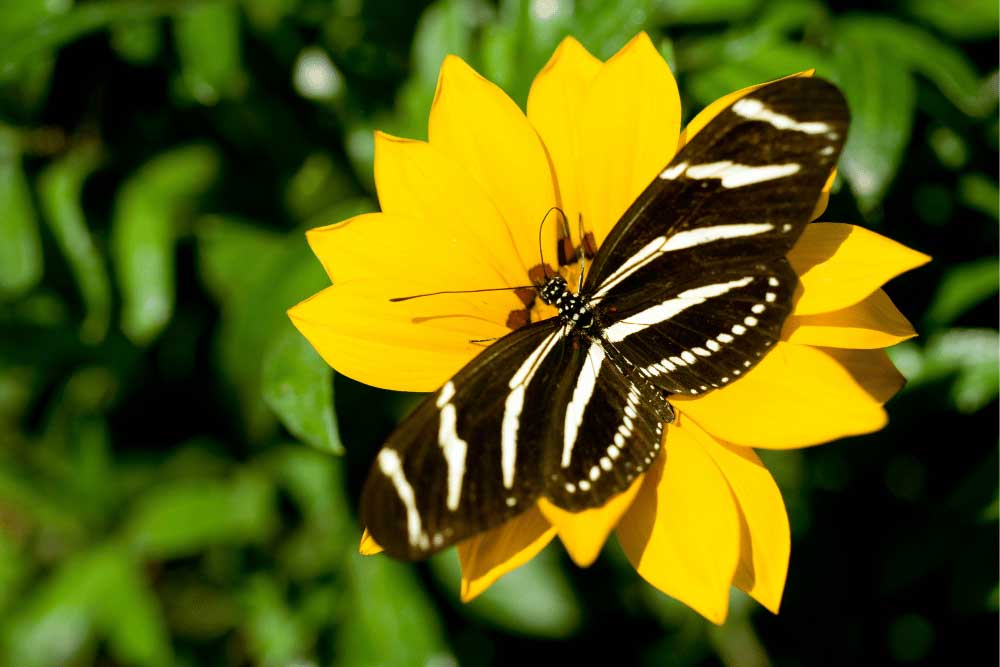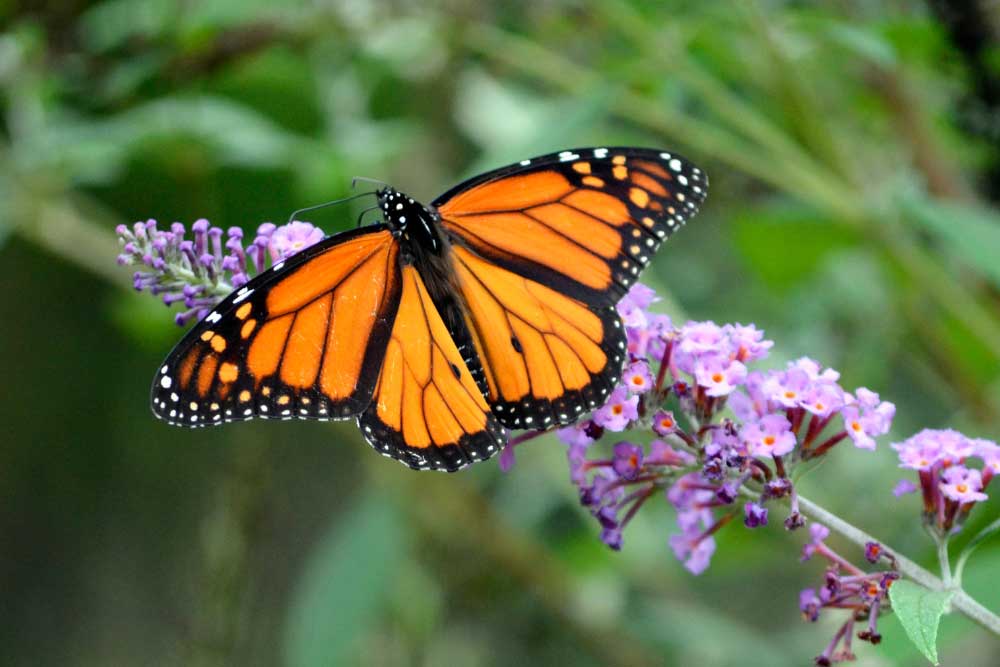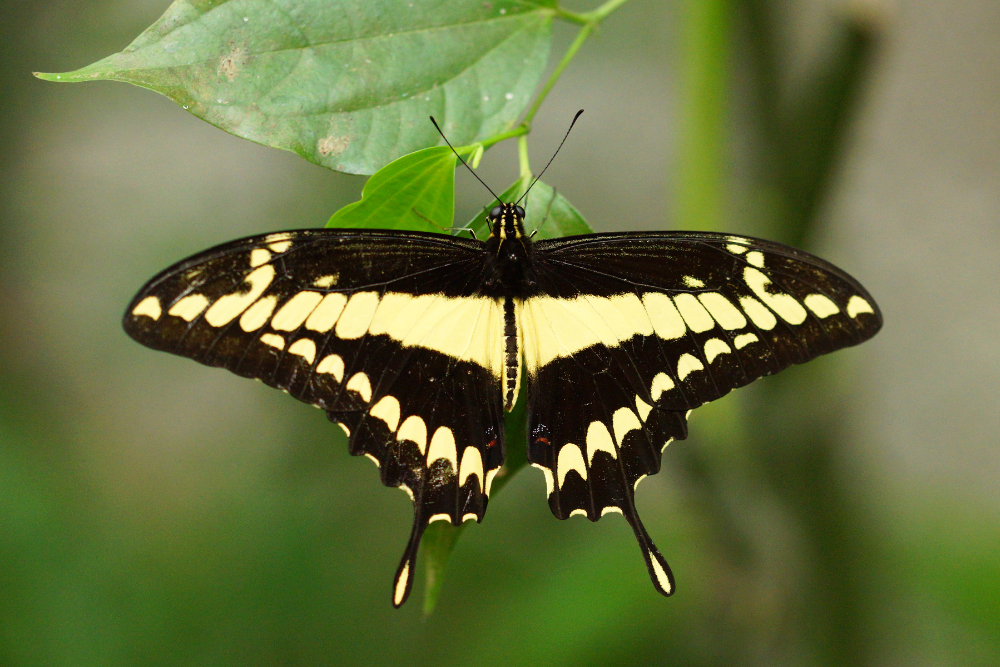
Scientific Name
Papilio cresphontes
Average Life Span
~One month
Wingspan
Average of 4 - 6 1/4 inches (10.2 - 16 cm)
The Giant Swallowtail, a large and striking North American butterfly with a wingspan of up to 7 inches, is known for its distinctive black and yellow markings. It inhabits various habitats across the southern and eastern US, venturing as far north as parts of Canada. The caterpillars, nicknamed “orange dogs,” thrive on citrus leaves and can be considered minor pests on orange plants.
RANGE
The Giant Swallowtail butterfly is found in various states across the USA, particularly in warm climates. Common locations include Florida, Texas, California, Georgia, Alabama, Louisiana, Mississippi, South Carolina, North Carolina, Virginia, Arizona, Missouri, and Illinois. The butterfly’s presence depends on suitable host plants and warm temperatures, with warmer regions extending into the Midwest and Northeast during warmer months. The butterfly’s presence depends on the availability of suitable plants and warm temperatures.
Host Plants
The Giant Swallowtail butterfly uses citrus family host plants, including oranges, ornamental citrus, prickly ash varieties, hop tree, sea torchwood, Mexican orange, gasplant, and white sapote.
Read about the resurgence of the Atala butterfly, which was once on the verge of extinction but is again flourishing in Florida’s lush settings. Discover the critical role performed by its host plant, the Coontie, in this incredible conservation success story.

NECTAR PLANTS
The Giant Swallowtail butterfly nectars from various plants such as lantana, azalea, bougainvillea, bouncing Bet, dame’s rocket, goldenrod, Japanese honeysuckle, and swamp milkweed.
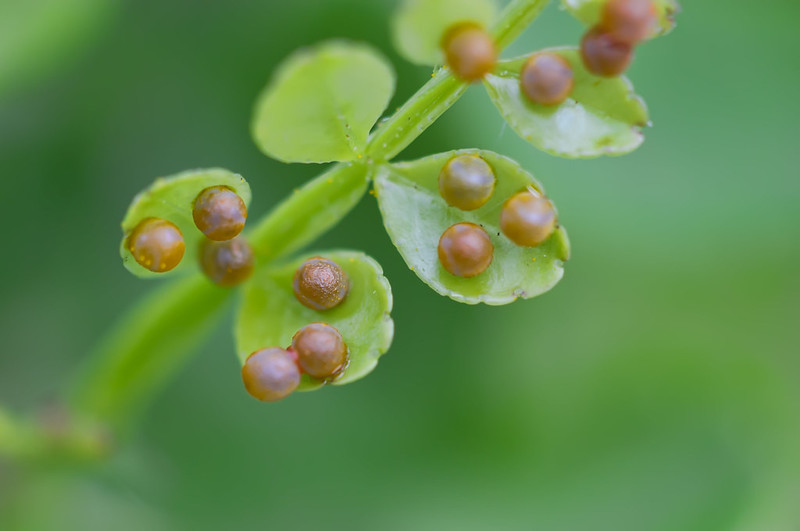
Eggs
Females lay single eggs on host leaves and twigs.
Image credit: CC BY-NC-SA 2.0 DEED
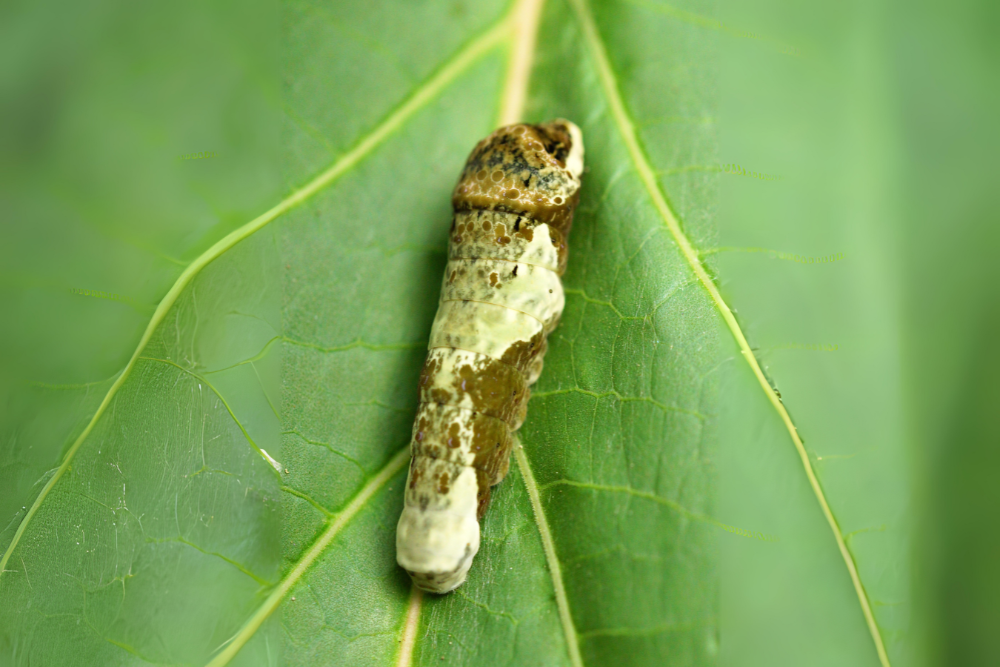
Caterpillar
Caterpillars resemble bird droppings and eat leaves and young shoots.
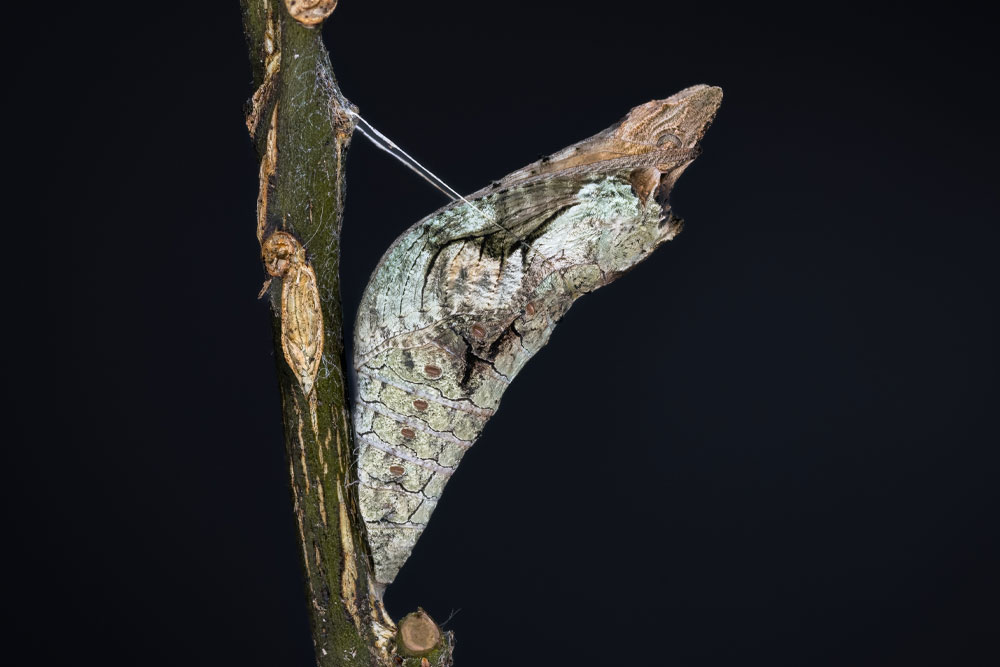
Chrysalis
The chrysalis is brownish.

